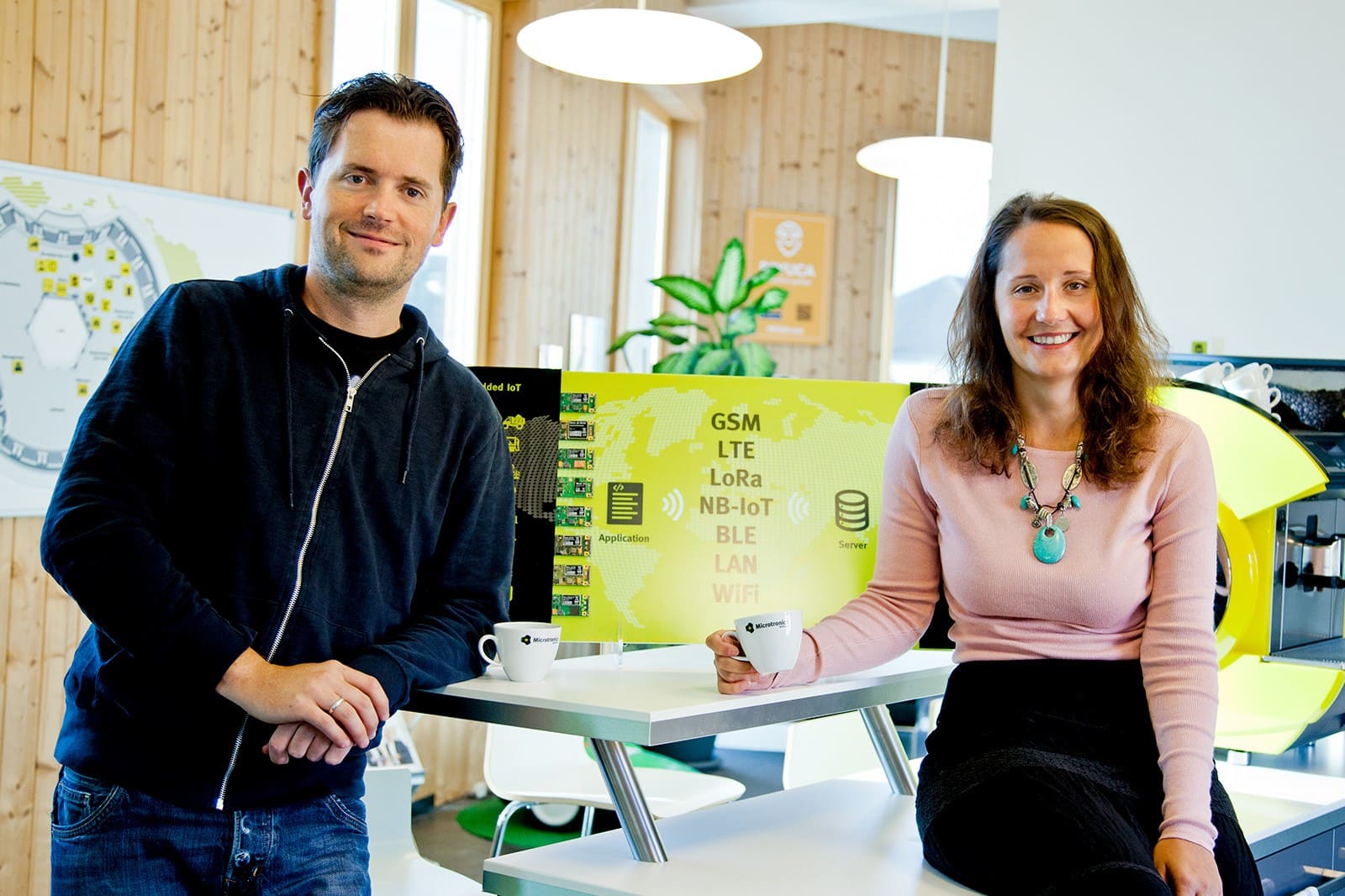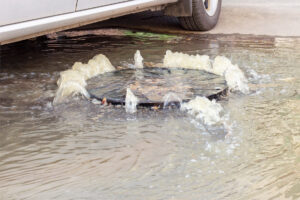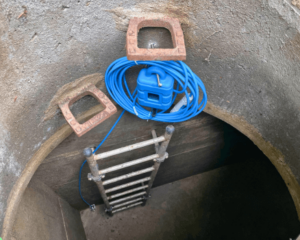Smart, connected products includes components forconnectivity as well as physical and smart components. These three coreelements complement each other to create value.
The smart components extend the functionality andvalue of the physical components.
The components for providing connectivity increase the functionality and benefits of the smart components and enable the execution of smart functions outside the actual product.[1]
The physical components are the electrical and mechanical assemblies of the product.[1] In a car, for example, these would be the gears of the transmission, the brake discs and the cable form.

Smart components
The smart components include the sensors, data storage, microprocessors, firmware/software, embedded operating systems and extended user interfaces.[1]
Following the example of a car this would include the control unit of the automatic transmission, the ABS control and the touch display of the navigation system. In the course of the digitalisation of products, hardware functions are increasingly being replaced by software. Every physical component whose replacement by software brings a commercial advantage will be replaced.[2]
In passenger cars, conventional pointer instruments are already being replaced by colour displays. The displays can thus be individually adapted via software.
Connectivity
The components for connectivity include antennas, interfaces and communication protocols to establish wired or wireless connections with the product. Connectivity performs two tasks. On the one hand, it enables the exchange of information between the product and its environment, which includes the manufacturer, the user and other products and systems. On the other hand, connectivity also allows individual functions to exist outside of the physical product in the product cloud.[1]
In voice recognition services, for example, the smartphone is used to receive voice commands and display the results, but the actual analysis is performed on a server. The use of the possibilities offered by connectivity requires companies to adapt their technological infrastructure.

Physical component
Using the example of the tipping semi-trailer with thermal trough, the lorry or the tipping semi-trailer is the physical component. The smart components are the temperature sensor and the smart, connected Wicell measuring system, which is attached to the thermal trough. The third core element, connectivity, ensures the exchange of information and transmits the temperature values as well as the position data.
Reference List
- ↑ Porter, M. E., & Heppelmann, J. E. (2014, November). How Smart, Connected Products Are Transforming Competition. Harvard Business Review, S. 67–68.
- ↑ Fleisch, E., Weinberger, M., & Wortmann, F. (2014). Geschäftsmodelle im Internet der Dinge. HMD Praxis der Wirtschaftsinformatik, 51(6), 812–826. https://link.springer.com/article/10.1365%2Fs40702-014-0083-3, S. 824
Series: Moving into a new business era with smart, connected products
Part 1: Introduction
Part 2: The importance of business model innovation
Part 3: Laying the foundation through strategic decisions
Part 4: Breaking the valid industry logic
Part 5: 5 value stages of an IoT application
Part 6: Transforming the value chain
Part 7: The value generation of things in the Internet of Things
Part 8: Fundamental design of smart, connected products
Part 9: Requirements for the technological infrastructure in the Internet of Things
Part10: Creating added value by advancing to smart products


